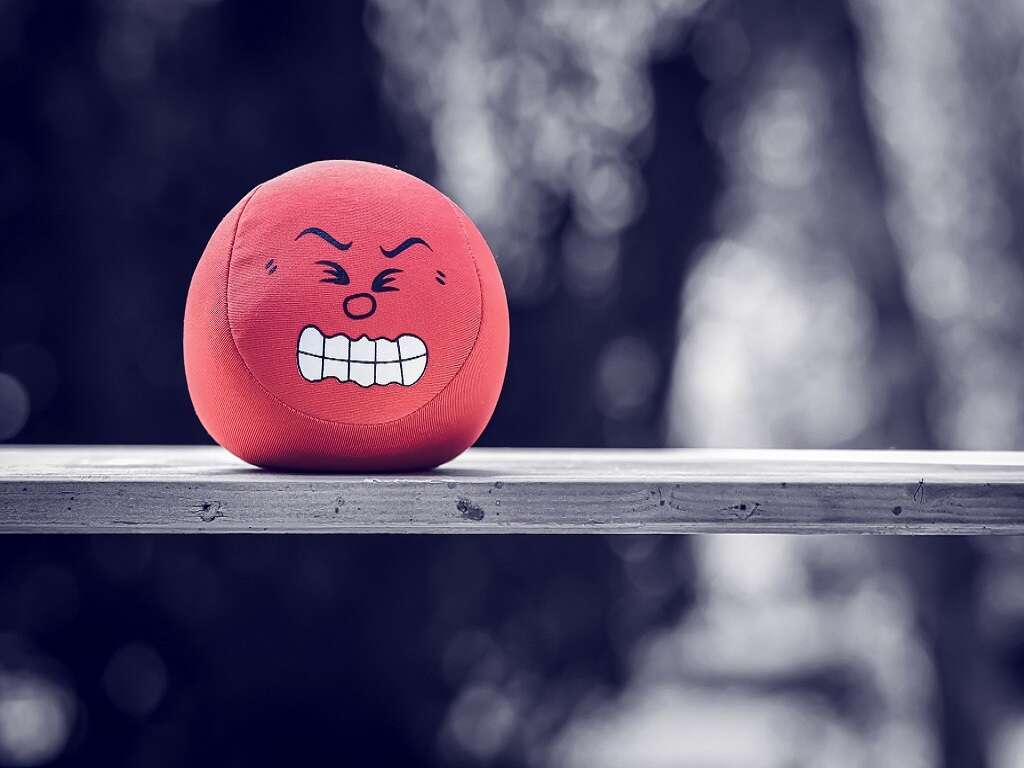10 Epididymitis Symptoms
 Article Sources
Article Sources
- 1. James, Emma R, et al. 'The Role of the Epididymis and the Contribution of Epididymosomes to Mammalian Reproduction.' International Journal of Molecular Sciences, MDPI, 29 July 2020, [www.ncbi.nlm.nih.gov/pmc/articles/PMC7432785/](https://www.ncbi.nlm.nih.gov/pmc/articles/PMC7432785/)
- 2. 'Male Genital Dysaesthesia.' Male Genital Dysaesthesia | DermNet NZ, dermnetnz.org/topics/male-genital-dysaesthesia/
- 3. Nickel, J Curtis. 'Chronic Epididymitis: a Practical Approach to Understanding and Managing a Difficult Urologic Enigma.' Reviews in Urology, MedReviews, LLC, 2003, www.ncbi.nlm.nih.gov/pmc/articles/PMC1553215/
- 4. Epididymitis and Orchitis. 'What Is Epididymitis? '- Urology Care Foundation, [www.urologyhealth.org/urology-a-z/e/epididymitis-and-orchitis.](http://www.urologyhealth.org/urology-a-z/e/epididymitis-and-orchitis.)
- 5. Zhao, Hu, et al. 'The Immune Characteristics of the Epididymis and the Immune Pathway of the Epididymitis Caused by Different Pathogens.' Frontiers, Frontiers, 5 Aug. 2020, www.frontiersin.org/articles/10.3389/fimmu.2020.02115/
Affecting men of all ages, but more commonly in those aged between 14 and 35, epididymitis is the inflammation of the epididymis. The epididymis is a small tube located at the rear of a man's testicles, which can sometimes become swollen, causing pain. Its job is to store and carry sperm.1James, Emma R, et al. ‘The Role of the Epididymis and the Contribution of Epididymosomes to Mammalian Reproduction.’ International Journal of Molecular Sciences, MDPI, 29 July 2020, www.ncbi.nlm.nih.gov/pmc/articles/PMC7432785/
The condition is usually caused by a bacterial infection, including those that are sexually transmitted. It can last up to six weeks or longer, depending on the severity, and normally improves with antibiotics. Epididymitis symptoms can range from mild to severe but will likely get worse if the condition is ignored.
Pressure in the Testicles
Many people with epididymitis experience pain or pressure in the testicles. This symptom of epididymitis can also occur due to other factors such as a minor injury, hernia or kidney stones. In the beginning, these symptoms may include pressure at the back of just one testicle, but the pain and pressure can soon spread to both testis, the scrotum and sometimes the groin.
Taking warm baths and using ice to reduce the swelling may offer some relief to the discomfort felt due to the pressure. Over-the-counter pain medications can help, with more severe pain requiring the attention of a doctor.

Genital Dysaesthesia
Genital dysaesthesia typically occurs in adults aged 60 and over and isn't due to infections. It describes the sensation a person with epididymitis may feel. For example, they could experience a burning sensation, irritation, heat or increased sensitivity to the touch of the penis, scrotum or foreskin.
Genital dysaesthesia is associated with vascular hyper-reactivity and redness in the scrotum. This may be linked to a skin condition called rosacea.2‘Male Genital Dysaesthesia.’ Male Genital Dysaesthesia | DermNet NZ, dermnetnz.org/topics/male-genital-dysaesthesia/ The common disorder causes facial flushing, leading to prolonged and sometimes embarrassing facial redness.

Pelvic Pain
Epididymitis is commonly caused by two sexually transmitted diseases, gonorrhea and chlamydia. But whether it's due to an STI or minor trauma such as a groin injury or a UTI, some people may experience pelvic pain with epididymitis.
Simple activities such as cycling can result in pelvic pain. Urinary tract infections are also sometimes to blame, as is cystitis, which causes the bladder to inflame. Placing a heating pad on the area of pain may provide temporary relief.

Pain During Sex
If epididymitis was caused by an STI, it's important not to have sex for two weeks after starting medication. This also applies when using a condom. It's also recommended that current and past partners are tested for an STI, assuming it was a sexually transmitted infection that caused epididymitis.
Not all cases of epididymitis are caused by an STI, meaning intercourse would be safe, although it could be painful. For example, a man may experience a painful burning sensation as he ejaculates.3Nickel, J Curtis. ‘Chronic Epididymitis: a Practical Approach to Understanding and Managing a Difficult Urologic Enigma.’ Reviews in Urology, MedReviews, LLC, 2003, www.ncbi.nlm.nih.gov/pmc/articles/PMC1553215/

Painful Urination
Several factors can cause an individual to experience pain while urinating. They include urinary tract infections, cystitis and STIs. Due to STIs being a common cause of epididymitis, it's no surprise painful urination is another symptom of this disorder.
Over-the-counter anti-inflammatory medications such as ibuprofen can offer some relief to the pain and drinking more fluids can help dilute urine, making peeing less painful. Pain experienced due to a bacterial infection usually subsides fairly quickly once the individual has begun taking medication.

Frequent Urination
An individual with epididymitis may feel the need to visit the bathroom to urinate a lot more than usual. Under normal conditions, the bladder is able to hold urine until it's convenient to go to the bathroom.
Most people urinate between six and eight times during a 24-hour period. Going more than this or waking during the night to go to the bathroom could simply mean a person is drinking too much or it could signal a health problem.

Penile Discharge
Two common causes of epididymitis, chlamydia and mycoplasma, start in the urethra and may move into the testis. An individual may sometimes notice a discharge of fluid coming from the urethra.4Epididymitis and Orchitis. ‘What Is Epididymitis? ‘- Urology Care Foundation, www.urologyhealth.org/urology-a-z/e/epididymitis-and-orchitis. The urethra connects the urinary bladder to the penis and also acts as a channel for semen.
Depending on the underlying cause, the discharge, neither semen nor urine, may be white and thick or clear and watery. Penile discharge is a common symptom of STIs, such as chlamydia and gonorrhea.

Blood in the Semen
Finding blood in the semen, a possible but rare symptom of epididymitis, can be alarming. However, it's not normally cause for concern and is usually only temporary and self resolving.
The most common causes of blood in the semen are trauma, injuries, infections and inflammation. For the majority of men, the temporary disorder is painless. The blood may appear in the semen after ejaculation as a brownish-red color or pink tinge.

Chills
Although chills are commonly associated with viruses and infections such as flu and pneumonia, they are also a symptom of epididymitis. This symptom manifests as feeling cold, sometimes up to the point of shivering.
Chills and fevers are the body's way of raising its inner temperature. By doing this, it creates an unfavorable environment for microbes and helps to fight infection. Therefore, it's important to stay hydrated while the body confronts the chills.

Infertility
The majority of people with epididymitis can expect their condition to clear up on its own, or, if the condition is caused by a bacterial infection, with antibiotics. Individuals don't normally encounter any long-term effects from epididymitis, although this isn'tt to say it won't return in the future.
Left unattended, epididymitis can cause serious problems, including scar tissue. In fact, it's one of the common causes of male infertility.5Zhao, Hu, et al. ‘The Immune Characteristics of the Epididymis and the Immune Pathway of the Epididymitis Caused by Different Pathogens.’ Frontiers, Frontiers, 5 Aug. 2020, www.frontiersin.org/articles/10.3389/fimmu.2020.02115/ Issues with fertility are caused by the scar tissue blocking sperm from leaving the testicle.









